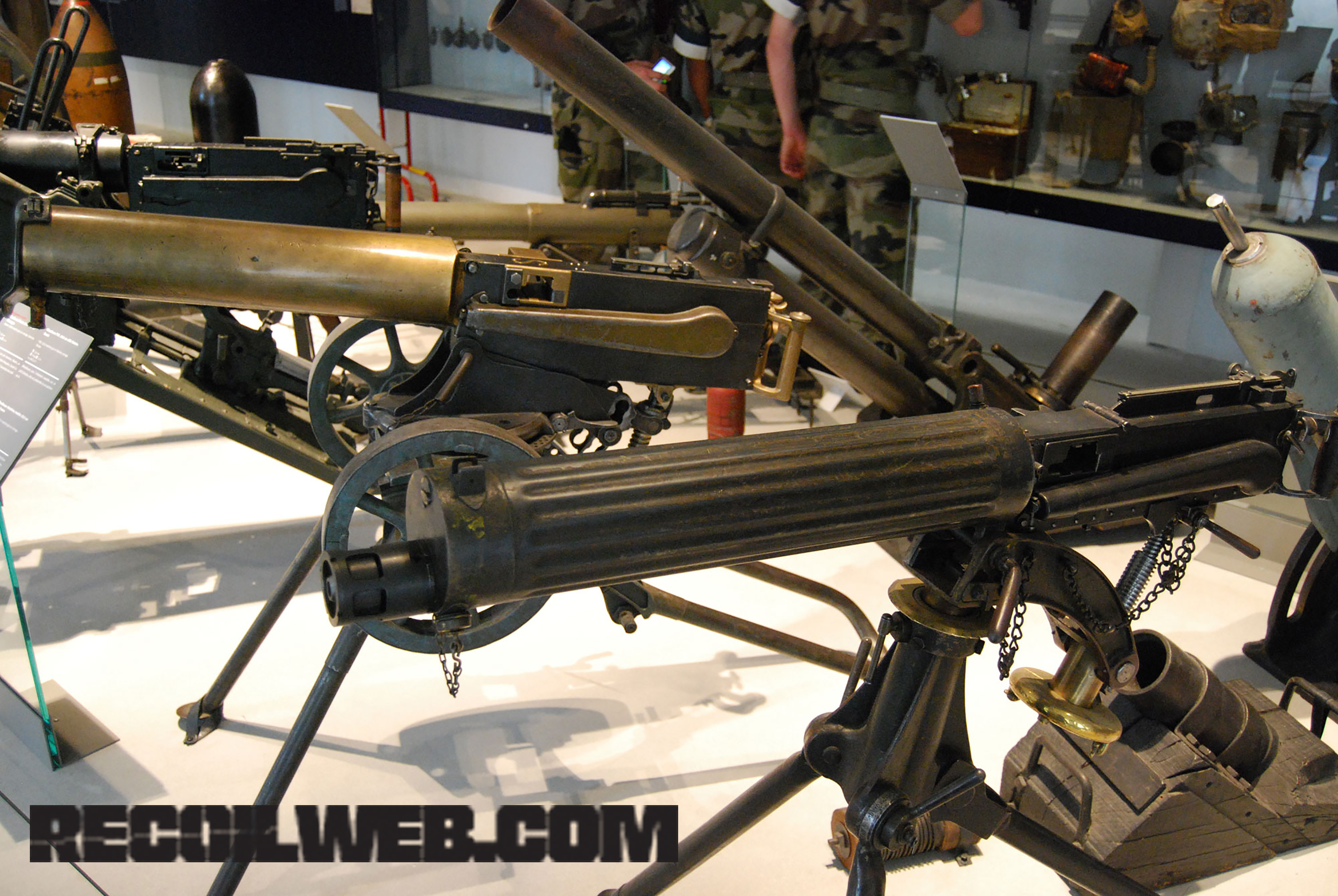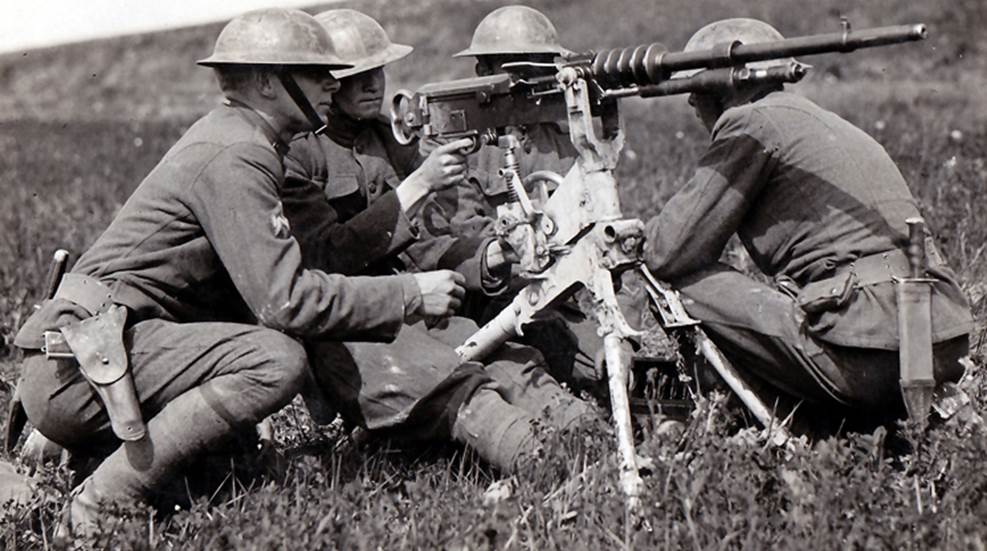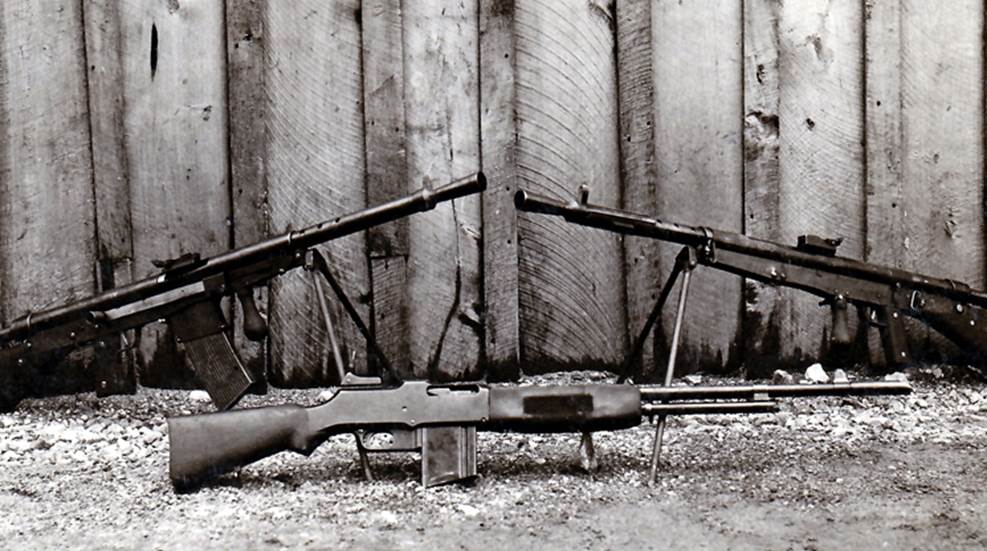Depending upon the gunner and conditions, a barrel modification could be needed as frequently as every 200 to 250 rounds. When the hot barrel was removed, it was reserved until it was cool enough to utilize again. Machine-gun groups would have as numerous as six extra barrels on hand.
Driving through a recently protected area in Belgium, the sharp-eyed Liniewski identified the deserted weapon in a field. Liniewski then did what any unsupervised GI would have carried out in that position; he stopped his truck and seized the chance to snag a terrific souvenir for the folks back house. As a support soldier, Liniewski was not familiar enough with weapons to dismantle his MG-42, so he hung on to it for a while till he found a camp where German detainees of war were being held.
The weapon remained in the Liniewski household until 2016 when his son Marty contributed the weapon to the Museum. In spite of its tendency to overheat, the MG-42 was an exceptional weapon that was light-years of ahead of the US equivalent, the Browning M-1919A4 machine weapon. Germany produced roughly 400,000 MG-42s throughout the war, some of which are still in active duty.

Taken together, all these weapons provided the Red Army a more useful variety of assistance weapons, much better able to challenge the Germans for fire superiority on the battlefield. Totally illustrated, this study explains the innovation and the techniques of these gatling gun. Noted authority Chris Mc, Nab sets out how these gatling gun were distributed and tactically used and offers numerous examples of the weapons in action, from attack teams on the streets of Stalingrad to tank teams struggling for survival at Kursk.
Ww1 Machine Gun Vs Propeller - Questions
Illustrated with premium photos and specifically commissioned art work, this is a deep analysis of these important tools of warfare within the Soviet forces.
Taken together, all these weapons offered the Red Army a more practical series of support weapons, much better able to challenge the Germans for fire superiority on the battlefield. Totally illustrated, this study describes the innovation and the tactics of these gatling gun. Kept in mind authority Chris Mc, Nab sets out how these machine weapons were distributed and tactically used and supplies many examples of the weapons in action, from assault groups on the streets of Stalingrad to tank teams struggling for survival at Kursk.
Illustrated with high-quality photos and specially commissioned artwork, this is a deep analysis of these vital tools of warfare within the Soviet forces.
The gatling gun company, commanded by a captain, had an assigned strength of six commissioned officers and 172 enlisted men, and brought 16 weapons, four of which were spares. Within the business there were 3 platoons and a headquarters area. A first lieutenant led the first army, while second lieutenants led platoons two and three.
The 9-Minute Rule for World War I: The Birth Of The Modern Black Gun


Within each area were two gun squads, each with one gun and nine guys, led by corporals. The gun team had one fight cart, pulled by a mule, to carry its weapon and ammo as close to the shooting position as opponent fire permitted. From there the crews moved the guns and ammunition forward by hand.
It had only two business, similar to the other device gun companies in terms of personnel and weapons. Each weapon team utilized a special motor vehicle to transfer its personnel, weapon and equipment.
In this function the weapons were put 300 to 1000 meters to the rear of the front line. When they used their weapons in that fashion, the maker weapon officers frequently encountered opposition from the rifle company leaders, who chose to have the guns farther forward, fearing that their infantrymen would be at threat of roaming low rounds as they advanced under the overhead device gun fire.
They quickly discovered that the maker weapons were high priority targets for opponent fire, and that it was helpful to have the guns at some range from the infantry positions. Because enemy maker guns posed the best danger to the attacking soldiers, the gatling gun crews strove to find the enemy weapons and to concentrate their fire upon them.
More About The Forgotten Automatic Weapons Of World War I
A percentage of the guns was kept back as a reserve under command of the machine gun officer. 6Machine weapon tactical doctrine dictated that in the defense the Hotchkiss weapons ought to just rarely lie within 100 yards of the front line which a minimum of two-thirds of the guns must be echeloned back through the entire protective position, situated so that adjacent guns would be equally supporting.

7 To find other functions on the check out our THE DOUGHBOY CENTER wants to constantly expand this feature. Additions and talk about these pages might be directed to:.
I was impaled on this. My only fear was that he would press the trigger which would have made a hell of a mess. In the meantime, my sergeant who was near he saw me; can be found in close; shot the fellow and after that hoisted me, with the help of another man, off the bayonet.
A bayonet wound straight it goes in it hurts and the withdrawal is probably even more anguish than the 'putting in' since the 'putting in' is rapid. Another type of weapon was the trench club.